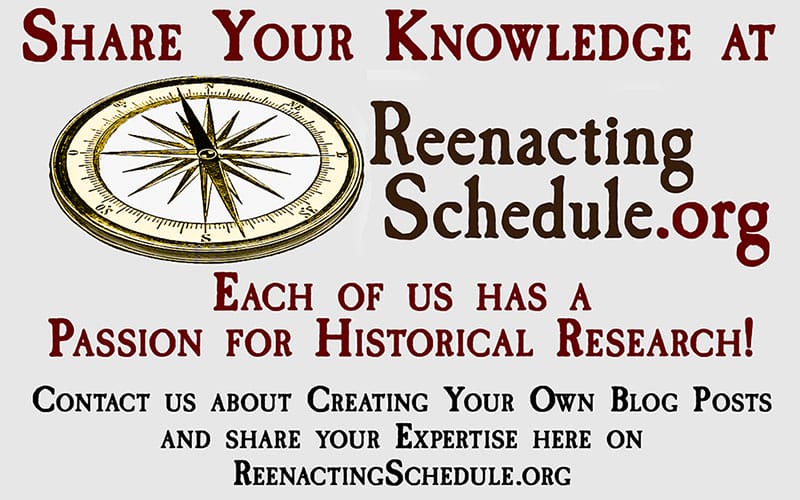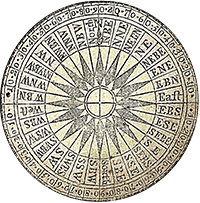Beginning To Do First Person Reenacting
This afternoon, I decided to write a blog post about doing first-person reenacting … and how simple it is to begin doing. So, to speed the process, l asked an AI program to “write simple instructions about a simple way to begin doing first person”. What it came up with was good but was anything but the simple suggestion I wanted to make. As I said, the tips are excellent, and I will leave them in the post below, but before you check that out, here’s my suggestion…
One comment we frequently hear is, “I couldn’t ever do first person; I’m no actor!” That is why I want to give an easy way to start. You are already attending events, right? You already have the clothes? Are you passionate about some part of history? … Building something, sewing something, or teaching something? Then, set up your demo and begin as usual. The main difference is that instead of using the third person and saying, “They did it this way,” say, “I do it like this.” Instead of saying, “They lived in places like this,” say, “I live here.” Instead of saying that this is the kind of food they ate. Say that this is my dinner. It’s an easy way to begin doing first person.

One of the best first-person presenters I’ve seen is a person who knows their craft, is able to present it without making modern references and speaks in a normal conversational tone of voice. Once visitors leave the demonstration, they feel they have just been transported into the past.
Once you master that, you’re ready to expand slowly into more complex aspects of first person.
Now, here is that more complete list. Don’t get overwhelmed; these are goals to work towards. Remember, “You can’t plough a field by turning it over in your mind.” Get ploughing.
First-person reenactment can be a powerful way to engage with history. One method to start is by thoroughly researching the event or period you want to reenact. Understand the social norms, language, clothing, and customs of the time. Then, immerse yourself in the perspective of someone who lived during that era. Here’s a step-by-step guide:
1. **Choose an Event or Period:** Decide which historical event or period you want to reenact. It could be anything from a specific battle in a war to daily life in a particular century.
2. **Research Extensively:** Dive deep into primary and secondary sources about the event or period. Read personal accounts, historical documents, and scholarly articles to get a comprehensive understanding.
3. **Develop a Character:** Create a persona based on your research. Consider factors like age, gender, occupation, social status, beliefs, and personality traits. Your character should feel authentic and believable within the historical context.
4. **Dress the Part:** Acquire or create historically accurate clothing and accessories for your character. Pay attention to details like fabric, cut, and style, ensuring they align with the time period you’re reenacting.
5. **Practice Dialogue and Mannerisms:** Study the language and mannerisms typical of the era. Practice speaking and behaving like someone from that time would. Pay attention to gestures, posture, and etiquette.
6. **Immerse Yourself:** Fully embody your character during the reenactment. Engage with others as if you’re living in that time period, staying true to your character’s perspective and experiences.
7. **Seek Feedback and Refinement:** After each reenactment, reflect on your performance and seek feedback from others. Use this feedback to refine your portrayal and enhance its authenticity.
8. **Continue Learning:** History is vast and constantly evolving. Stay curious and continue learning about the event or period you’re reenacting. Incorporate new insights into your portrayal to keep it fresh and accurate.
Remember, first-person reenactment requires dedication, research, and a commitment to historical authenticity. But it can also be incredibly rewarding, allowing you to connect with the past in a meaningful way.
I remain, your most humble servant,
Ould Badger







